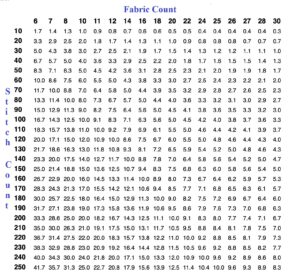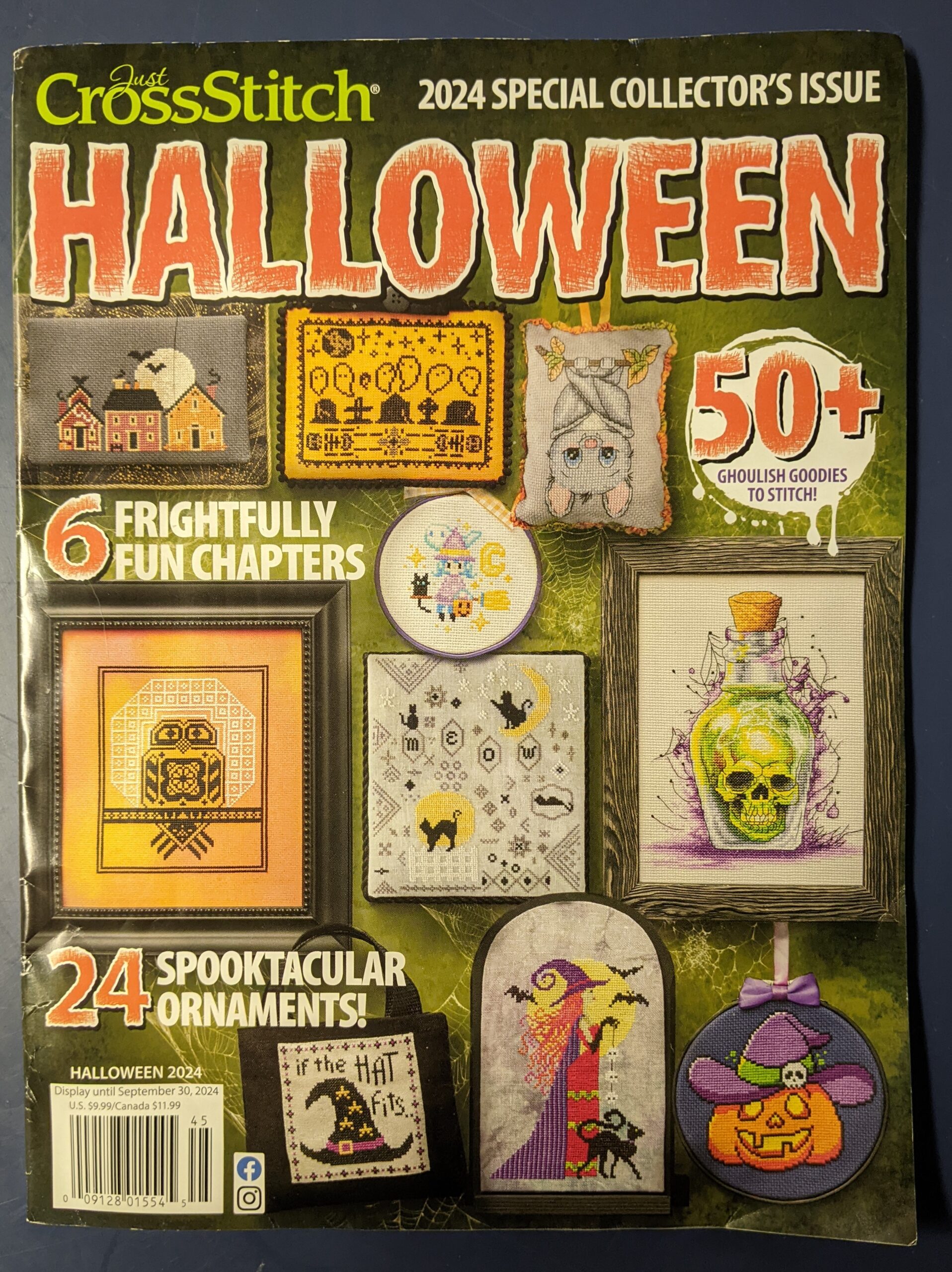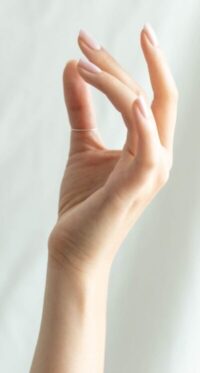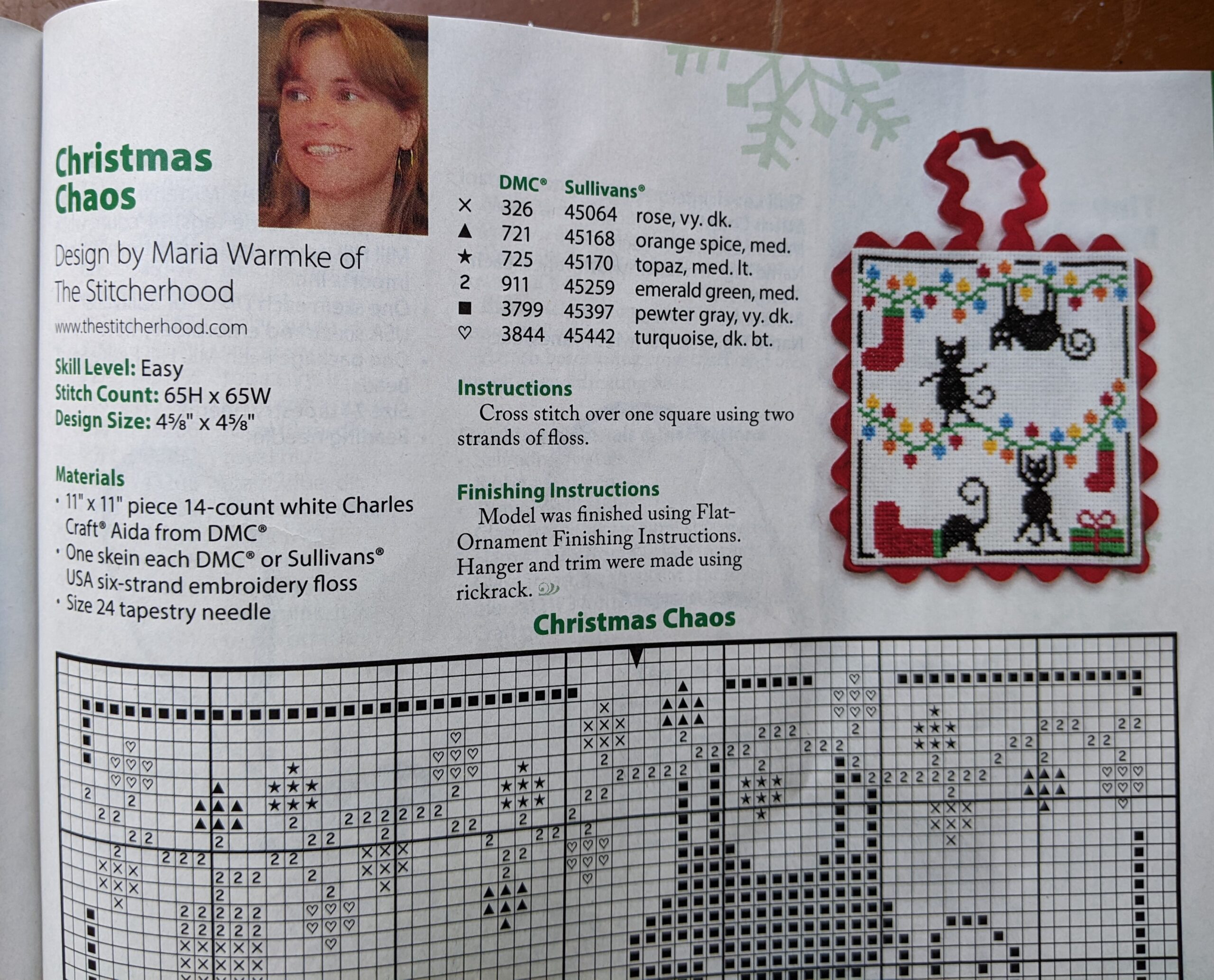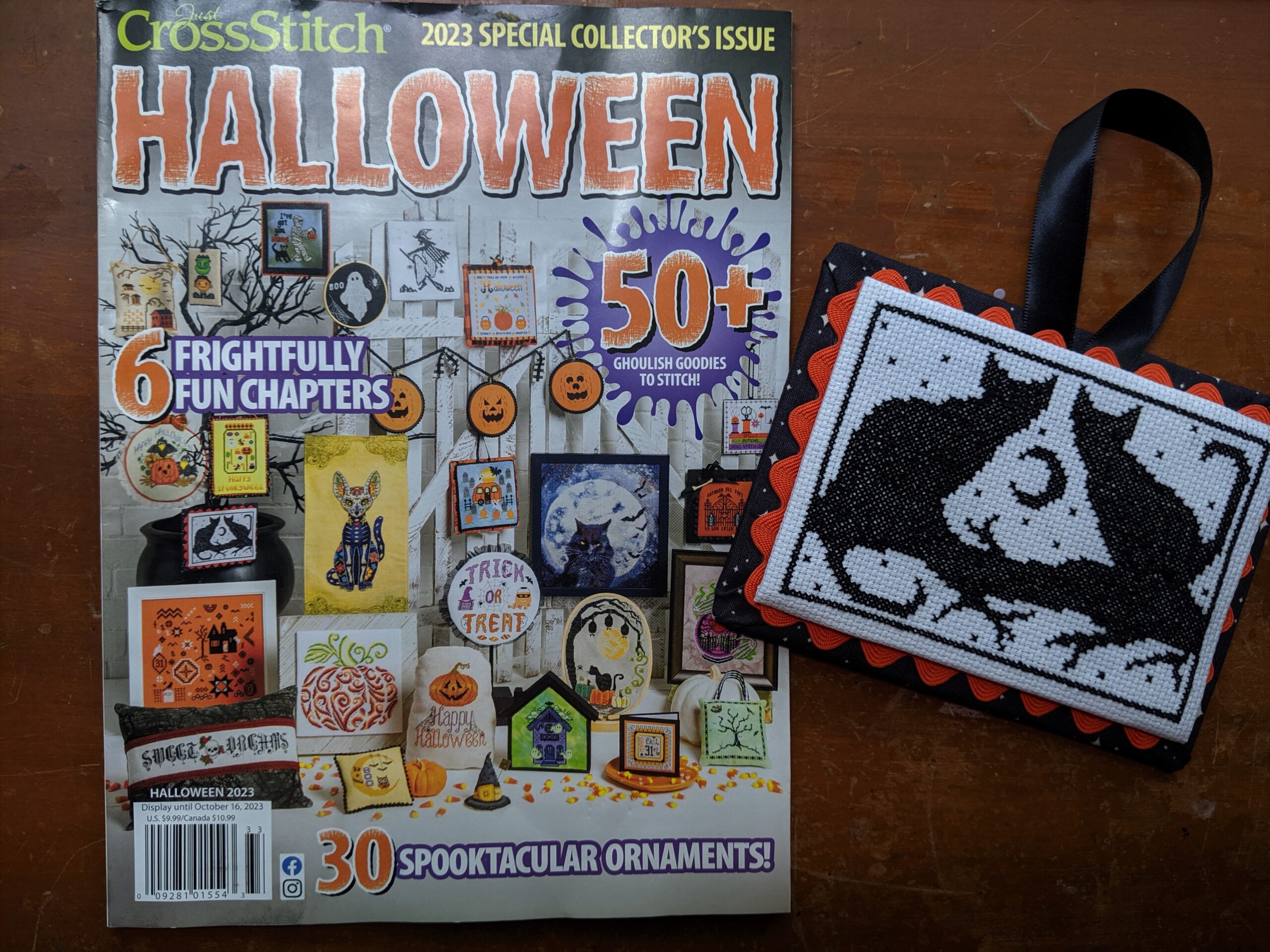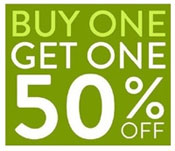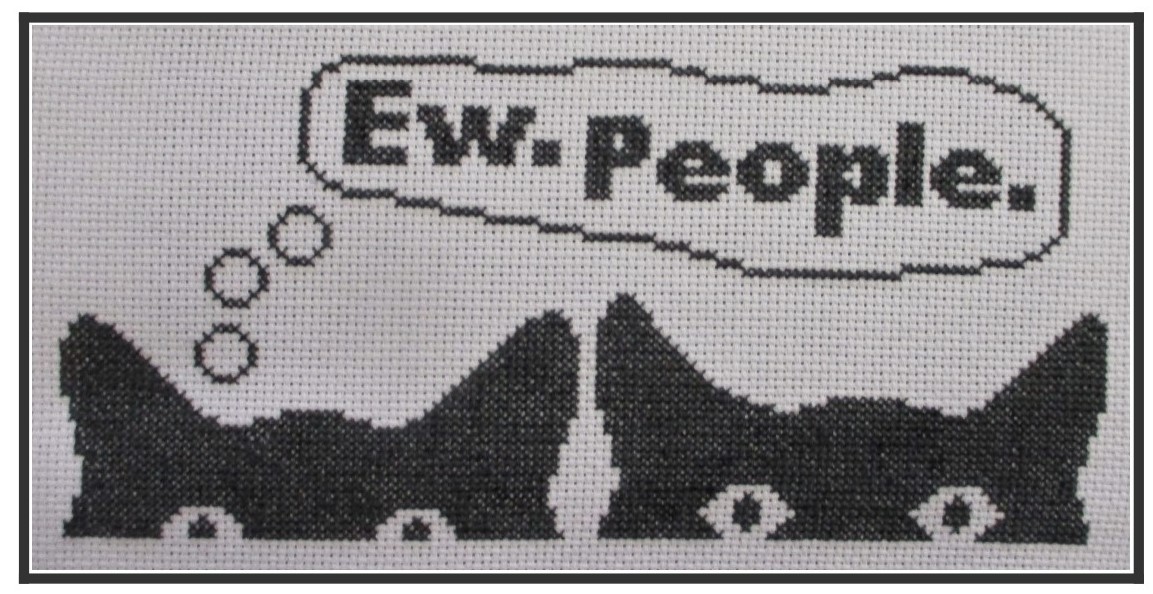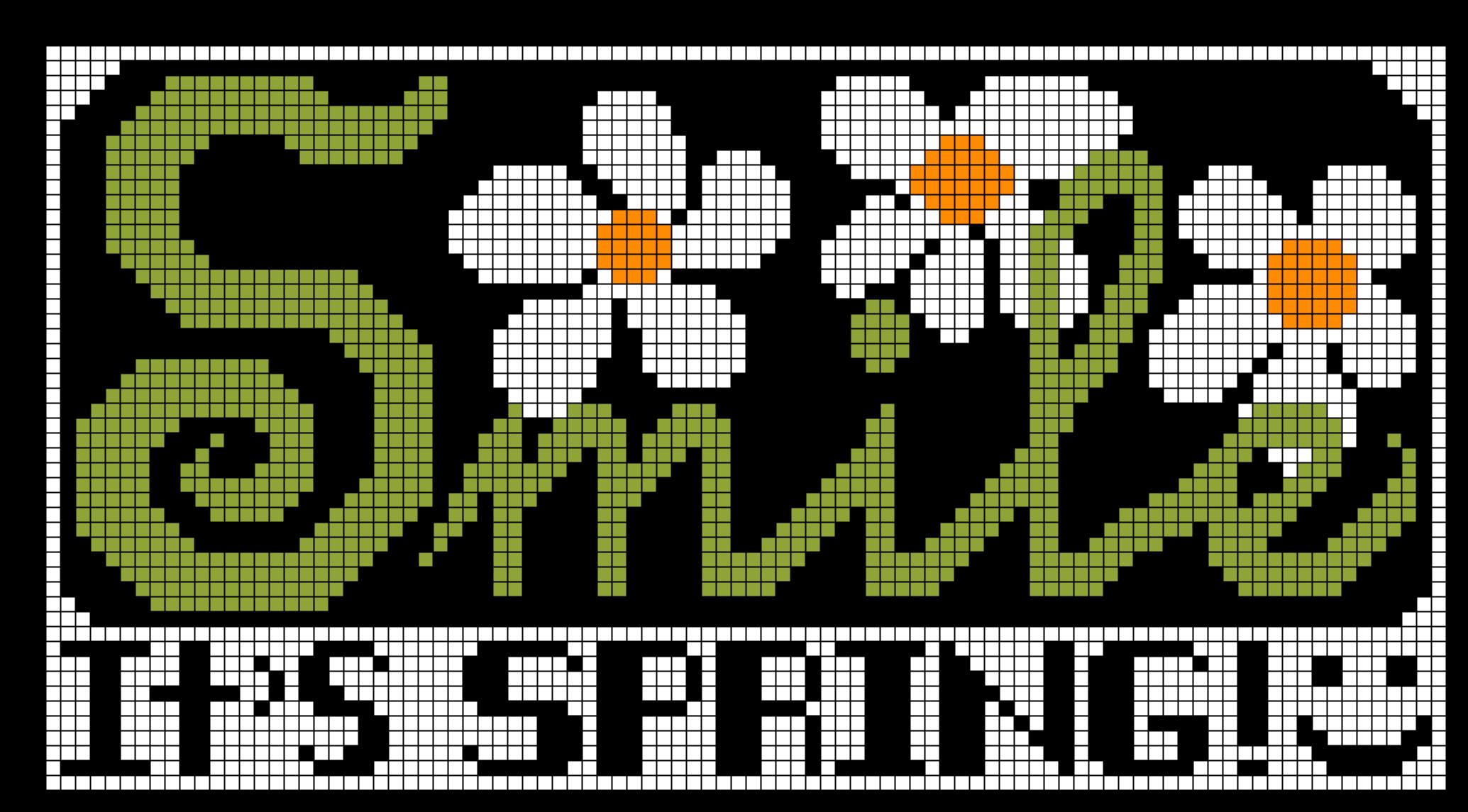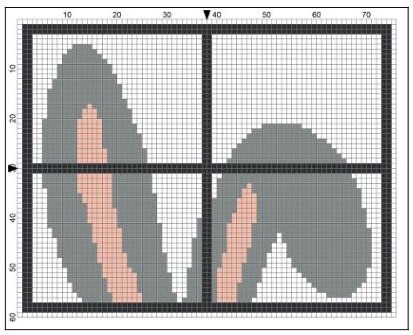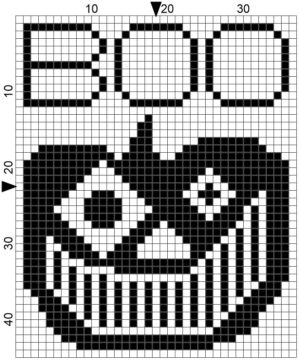Stitching onto fabric has been an art form for thousands of years. Cross stitching, a type of embroidery, is a wonderful, relaxing, creative and inexpensive form art and expression.
How do you cross stitch? It really is quite easy! There are many good tutorials out there on “how to cross stitch”. Try going to youtube.com and type in just that, “how to cross stitch”, and you will find many educational videos showing just how easy it is.
I won’t reinvent the wheel here, but knowing what materials are needed when you are ready to start is important. Not many are needed and none are super expensive or hard to find, but when beginning to cross stitch, it is important to have them ready and organized. This will make the process of cross stitching much more fun and more relaxing without having to jump up and grab things you need mid stitch.
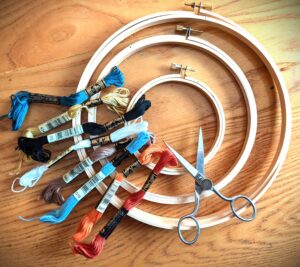
Below is a list of 12 of my personal favorite tools and materials for cross stitching.
1. Six stand cotton embroidery floss. Embroidery floss comes in 6 strands wound together into one string that is wrapped into a skein. When you stitch with it, you separate the six strands into 2 strands and stitch with those so that they don’t overfill the tiny holes in the fabric that your needle passes through. I prefer DMC brand floss as it is easiest to find (even in my tiny college town) and the price is fairly reasonable, but there are many different types of embroidery floss. I always encourage stitchers to use their favorite brands, types and colors of floss.
2. Aida fabric. Aida was specifically made for cross stitch and is the easiest to use when learning to stitch, and is the most popular. It’s made from 100% cotton and is an open and even weave fabric. Aida comes in various colors and “counts”, meaning holes per inch. “14 count Aida” means that there are 14 holes/stitches per inch of the fabric. Personally, I prefer to use 14 count, but all patterns can be stitched on any count, it will just mean the finish will be larger or smaller depending on the count you choose.
Feel free to use this calculator to decide what size will fit your pattern stitch count on your preferred fabric:
3. Embroidery or tapestry needles. Because cross stitch is most often done on fabric with an open weave fabric, like Aida, you don’t need a sharp needle and can instead use a blunt needle that hurts much less if you accidentally stick yourself! These also tend to have a larger “eye” which makes them easier to thread the floss through. Needles come in a variety of sizes, but the larger the number of the needle, the smaller it is. For example a #18 is larger than a #28. They come in different brands at different prices, just try them until you find your favorite.
Here is a general guide for sizing needles to your Aida:
6 count Aida – size 18 needle
8 count Aida – size 20 needle
11 count Aida – size 22 needle
14 count Aida – size 24 needle
16 count Aida – size 26 needle
18 count Aida – size 28 needle
4. Embroidery hoop or frame. Hoops and frames not only make stitching easier and more comfortable, but they help to keep your fabric taut so that your stitches will be more uniform with a consistent tension. There are a variety of types, styles, sizes and brands of hoops and frames. Some very simple and inexpensive (like the good old fashioned bamboo hoops or the newer spring tension hoops) and some more expensive and extravagant (like scroll frames). I urge you to do a bit of research before buying an expensive frame as there are many different brands and features so it will depend on what your specific needs are. Personally I prefer the square PVC pipe clamp frames as they don’t leave your fabric all creased and are not heavy but very comfortable to use as well as less expensive and durable.
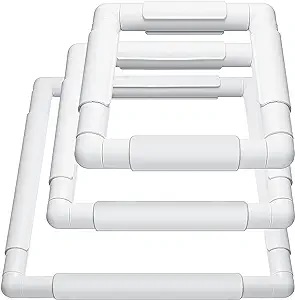
Pictured is a “Q-Snap” version in 6 x 6, 8 x 8, 11 x 11 Inch sizes:
5. A cross stitch pattern. Also called a “cross stitch design”, “graph”, or “chart” these cross stitch pattern have a graph with squares (a square for each stitch) and symbols in those squares representing the colors. There should be a key to the symbols as well as the stitch count so that you can choose a size of fabric needed.
There are literally thousands of patterns available in various genres, sizes, topics, styles, etc. Just look around until you find one you like. Etsy is a good place to look if you don’t have a local needle work shop. Simply search “cross stitch patterns”. My personal favorite genres of cross stitch patterns are Halloween, nautical, snarky and funny, Christmas, Wicca, Quaker, etc. If you are an absolute beginner you may want to start with an easy, smaller and freebie design. Here are my free cross stitch patterns that would be good to start wit because they are easy on the eyes with symbols that don’t closely resemble each other so they are less likely to be confusing.
6. A highlighter. I print one extra copy of a pattern if I am using a PDF pattern or make one copy of a paper pattern (for personal use only as to not break copyright law!) and use a highlighter to mark the pattern off on the graph. In this manner I can keep track of stitches that I have already done and won’t lose track of my stitches. This also keeps your original pattern in good working condition. *Please note that making copies of any copyrighted materials to sell or even just share for free with others is strictly illegal!*
7. A clipboard. Keeping your pattern on a clipboard will make marking your pattern and keeping track of your stitches easier and will keep the pattern from getting bent, torn or wrinkled as well.
8. A magnet. I like to have a magnet or needle minder with a magnet on hand as well so that I don’t lose my needles (at least not as often!) when my needle is not in the fabric.
9. Masking Tape. I use simple masking tape to tape the edges of my fabric to prevent fraying.
10. Scissors. You will need scissors to cut fabric and floss. Any kind will do, as long as they are sharp.
11. A bag. You should have some type of bag to keep all of your materials in while not stitching. This will help to keep them clean, safe and organized. A simple gallon size zip lock bag will work for smaller projects, but for larger ones, you may want to invest in something larger. They come in a variety of styles, colors, prices and with different features. Do a bit of research to see which best fits your needs and pocketbook.
12. Good lighting. Being able to see your materials and stitches clearly is an absolute must and will prevent eye strain. This can be as simple as sitting in a well lit area to stitch or moving a lamp a bit closer to you, or as extensive as purchasing a special light or lamp. There are many varieties of special lights and lamps that embroiders use, but again, nothing fancy is needed as long as you can see well. Again, look around at the different offerings to see which is best for you. Some folks like to use magnifiers as well, and there are many available, but I didn’t want to make them a separate item on this list as most folks don’t need them.
Some Tips:
~ If you choose to use PDF patterns, you will need a program to open PDF’s. Here is a link to a FREE program to open PDF’s, https://www.adobe.com/acrobat/pdf-reader.html. There are may benefits to PDF patterns like, they are so much faster to obtain, they tend to be cheaper, are easier on the environment, and there is more variety on platforms like Etsy. I encourage you to try PDF’s if you haven’t yet! My FREEBIES page has several to try at no risk. Simply download, print and stitch! 🙂
~ While there are endless ways to finish your work (like cards, pillow, ornaments, etc.), simply framing them is the most popular way to display your creativity. Unfortunately we all know that framing can be very expensive, but I recently discovered a simple hanging frame that I love and is very inexpensive and easy to use. I just cut edges with serrated pinking shears to prevent fraying and hang. Bam! Done! Please Note, I get no compensation for recommending this product, I was just excited to discover it and wanted to share! Search “Benjia Poster Frame, Magnetic Wood Hanger” on Amazon. They come in a variety of colors and sizes, and this is just one company that offers them, I’m sure there are others as well.
~ Best places to find these materials is Etsy, JoAnn Fabrics or Amazon. However, if you are fortunate enough to have a local independent needle work shop, I urge you to patronize them! I personally boycott Hobby Lobby for various reasons and urge you to please choose other places other than them to purchase your materials.
The most important this is to just have fun with it!
Maria, The Stitcherhood




